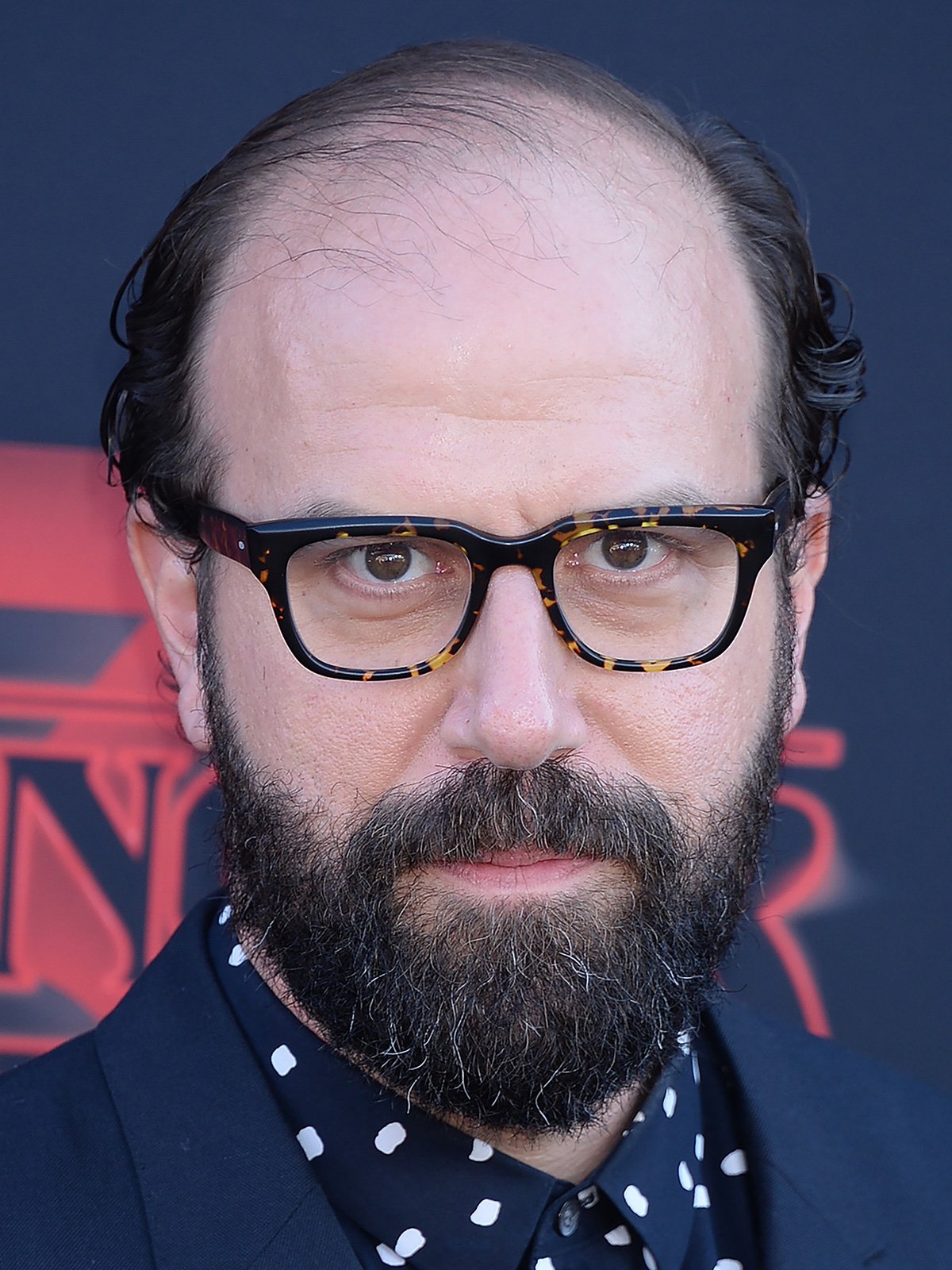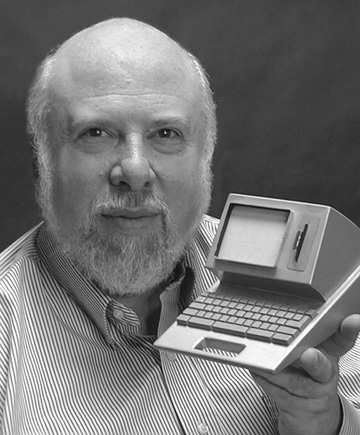


What’s interesting about Raskin at Apple is that he truly embodied the spirit of the corporate Renaissance Man – he could swiftly move from department to department and rely on his visionary philosophies of how computers should work to carry his insights to final implementation.
JEF RASKIN SOFTWARE
Raskin’s influence on Apple’s early projects was felt in many areas, from software review processes to publications put out by the company and, later, to full-fledged product design and implementation.
JEF RASKIN MANUAL
We wrote the Apple II BASIC Programming Manual and was hired by Apple in 1978 as the Manager of Publications (the 31st Apple employee). Raskin met Steve Jobs and Steve Wozniak, the two founders of Apple Computer, at the West Coast Computer Faire in 1977 (Bonnet 1). But it was when he moved to the West Coast that he found the people and project to really make his mark. While still a student on the East Coast, Raskin clearly had an eye for computers that put people in charge. Raskin was a true pioneer in human-computer interfaces, and many of his then groundbreaking ideas stuck with him for the rest of his life. It’s easy to see why his ideas would have been so important way back then: they made the rare argument that human interface was more important than the efficient, compact design of code. Raskin’s thesis was published in 1967, five years before Xerox PARC was formed. He advanced the notion that what the user sees on the screen should be what the user gets (the basis of ‘WYSIWYG’ editors). The paper argued that computers should be completely graphic in nature to users, with various graphical fonts that appear on the screen. He entered a Master’s program at Pennsylvania State University in computer science, before moving out to the West Coast to serve as an assistant professor at the University of California, San Diego.Īt a time when many members of the burgeoning computer research field were talking about bytes and n-squared algorithmic complexity, Raskin broke the mold by focusing his college thesis on an application for graphics creation, which he dubbed the “Quick-Draw Graphics System” (Raskin “Articles” 3). He developed an early love for music and art, which may have contributed to his strong sense for elegant yet exceedingly human software tools. Jef Raskin was born in New York City in 1943, and was classically trained in mathematics and philosophy at SUNY Stony Brook (Bonnet 1). Raskin can rightfully claim to have ignited the Macintosh project, but his single greatest contribution is a body of best practices for the “humane interface,” an ideal that is perhaps more pertinent to our rapidly approaching future than to our past or present. And this was when he cemented his own legacy. Yet he opted to step away from the epicenter of the personal computing revolution in order to realize a more complete vision of his own computer user interface style. Raskin was a catalyst for creating user-focused commercial computer experiences in an environment of rapid technological advancement, matching people with visionary ideas. That man, Jef Raskin, laid the groundwork for what was to become one of the most important commercial products of the late twentieth century. That name owes itself to another person – a human interface designer who literally offended his thesis committee with the statement that “design and implementation philosophy…demanded generality and human usability over execution speed and efficiency.”
JEF RASKIN MAC
As much as Steve Jobs would like to call the Mac his ‘baby,’ he didn’t even come up with the name. The first commercially successful personal computer to use the now customary mouse and graphical user interface (GUI). We still have so much to do wrt human-computer interfaces.The Apple Macintosh. (Apple is often accused of copying Xerox’s graphical user interface–GUI–into the Macintosh operating system).Ĭheck out this demo of zoomable interfaces. Reskin was an assistant professor at the University of California, San Diego, and a visiting scholar at the Stanford Artificial Intelligence Laboratory in the 1970s when he first visited Xerox PARC (Palo Alto Research Center). The Macintosh was launched in 1984, but Raskin left Apple in 1982 amid a well-documented dispute with Steve Jobs. Raskin, who named the Macintosh after his favorite fruit, joined Apple in January 1978 as employee No.

Raskin, the author of The Humane Interface, died of cancer, according to a man who answered the telephone Sunday at Raskin’s Pacifica, Calif., home. Jef Raskin, the human-computer interface expert largely credited with beginning the Macintosh project for Apple Computer, died Saturday at age 61.


 0 kommentar(er)
0 kommentar(er)
